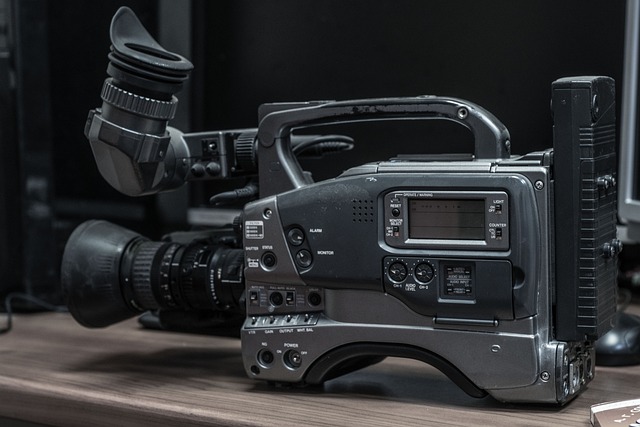Remember the satisfying thud of a VHS tape sliding into the player? The whirring sound as it spooled up? For a generation, this wasn’t just watching a movie; it was an event, the cornerstone of home entertainment long before streaming and Blu-rays took over. Rewinding the clock, the VHS format was revolutionary, bringing the magic of the movies out of the multiplex and directly into our living rooms, laying the foundation for what we now take for granted as home cinema.
The Peculiar Charm of VHS Video
Let’s be honest, VHS wasn’t known for its crystal-clear picture. The analog video signal had a certain softness, a warm, slightly fuzzy quality that is instantly recognizable to anyone who grew up with it. Tracking issues were a common battle, often resulting in wavy lines or distorted images until you found just the right setting. Yet, there’s a charm to it – a lo-fi aesthetic that feels authentic to an era. Every speck of dust or crinkle on the tape added to its unique fingerprint, making each viewing subtly different. It wasn’t perfect, but it was *ours*.
The Sound of Analog Audio
While video quality might have been a talking point (often a complaint!), the audio on VHS tapes offered a range from basic mono tracks to surprisingly good Hi-Fi stereo on later releases. The standard audio was often functional, getting the job done for dialogue and basic sound effects. But those Hi-Fi stereo tracks, often running on separate audio heads, could deliver a much richer experience. Hooking up a VHS player to a burgeoning home stereo system back then felt like a significant upgrade, giving a taste of a more immersive soundscape compared to broadcast television. And who can forget the distinct analog hiss or the brief moment of silence followed by a pop as the heads engaged?
Building the Home Cinema Experience
VHS truly democratized the cinema” experience. Suddenly, you didn’t need to go out to watch a film multiple times or catch a classic rerun on TV. You could *own* a copy, or at least rent one from the local Blockbuster or independent video store. This ability to choose *what* to watch and *when* transformed living rooms into personal screening rooms. Families gathered around the television, snacks in hand, ready for movie night. It wasn’t about state-of-the-art projectors or surround sound (for most); it was about the shared experience, the ritual of selecting the tape, pressing play, and being transported.
The Humble Cinema Room (aka, The Living Room)
While dedicated “cinema rooms” were largely a luxury, the VHS era saw people making the most of their existing spaces. The living room *was* the cinema room. Maybe you dimmed the lights, pulled the curtains, or even rearranged the furniture to get the best view of the tube TV. Setting up a small set of external speakers for that coveted Hi-Fi stereo added another layer of immersion. It was about creating an atmosphere within the confines of home, making the act of watching a film feel special. The limited resolution and standard-definition picture forced you to focus more on the story and the shared moment, rather than getting lost in pixel detail.


